- Opening Hours: 10am to 7pm(Monday-Saturday). Sunday on call appointment
- +91-9958309690, 8586929155 Book Appointment
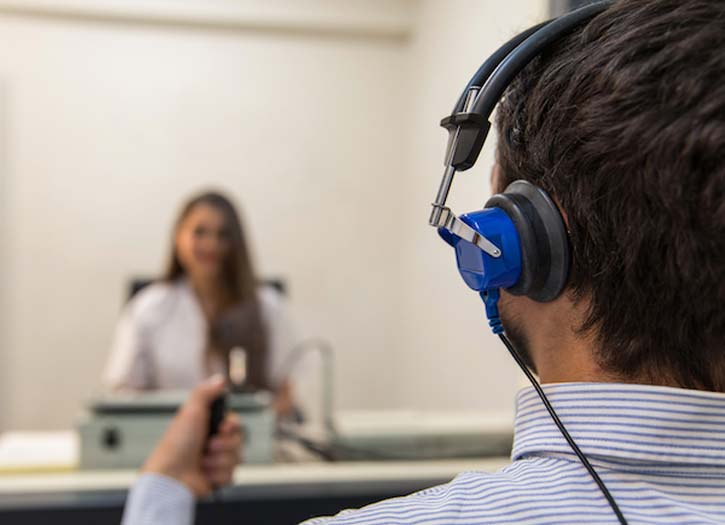
Hearing is one of our most vital senses, allowing us to connect with the world around us. However, hearing problems can affect people of all ages, and early diagnosis is key to maintaining a high quality of life. The first step in addressing hearing issues understands the various diagnostic hearing tests available. In this blog, we'll explore eight essential hearing tests that can help identify hearing problems and pave the way for effective treatment and management.
Pure-Tone Audiometry is one of the most common hearing tests performed by audiologists. During this test, you'll be asked to wear headphones and listen to a series of tones at different frequencies and volumes. You signal when you hear the tones, and the results are plotted on an audiogram. This test helps determine the softest sounds you can hear at various frequencies
Speech Audiometry evaluates your ability to hear and understand speech. The audiologist will play recorded or live speech at different volumes, and you'll be asked to repeat what you hear. This test can reveal how well you comprehend speech, especially in noisy environments.
Impedance Audiometry Tympanometry assesses the condition of your middle ear and eardrum. A small probe is placed in the ear, and changes in air pressure are measured. This test can help identify issues like fluid behind the eardrum or problems with the middle ear bones. The results of tympanometry are represented on a graph called a tympanogram.
The OAE test measures the sounds emitted by the inner ear when stimulated by sound. A small probe with a microphone is placed in the ear, and the responses are recorded. It is an effective test for screening and monitoring hearing in infants and young children.
ABR is a test that measures the electrical activity of the auditory nerve and brainstem in response to sound. Electrodes are placed on the scalp, and you listen to clicks or tones. ABR is often used to diagnose hearing problems in newborns and young children who cannot provide reliable behavioral responses.
Brainstem Evoked Response Audiometry (BERA) is a diagnostic test used to assess the integrity of the auditory nerve and brainstem pathways. It's particularly valuable in evaluating hearing function, especially in newborns and individuals who cannot provide reliable feedback. During the test, electrodes are placed on the scalp, and a series of auditory stimuli are presented, typically in the form of clicks or tone bursts. The electrodes record the electrical responses generated along the auditory pathway, from the ear to the brainstem. BERA helps identify hearing loss, neurological disorders, and tumor-related issues. It's a non-invasive, objective method for assessing auditory function, aiding in early diagnosis and treatment.
Conditioned Play Audiometry (CPA) is a pediatric hearing test that transforms the often intimidating process of evaluating a child's hearing abilities into a playful and engaging experience. Designed for children aged 2 to 5, CPA employs interactive activities like building with blocks or placing toys in a container in response to auditory stimuli. The child learns to associate these actions with sound cues, making it a cooperative and enjoyable assessment. CPA is a valuable tool for identifying hearing impairments, measuring the extent of loss, and determining a child's capacity to perceive different sound frequencies and intensities. This child-friendly approach helps ensure accurate hearing assessments while minimizing stress and anxiety.
Behavioral Observation Audiometry (BOA) is a crucial hearing assessment method, especially for infants and young children unable to participate in traditional audiometric tests. In BOA, trained professionals keenly observe a child's responses to sound, noting subtle changes in behavior like facial expressions, eye movements, or body gestures. These behavioral cues offer insights into the child's hearing abilities, allowing for the determination of hearing thresholds and the early detection of hearing impairments. BOA is invaluable for diagnosing hearing issues in those who cannot communicate verbally or through button presses, enabling timely interventions that foster improved communication and developmental outcomes.
Hearing is a precious sense, and early detection of hearing problems is essential to maintaining a high quality of life. These eight diagnostic hearing tests are valuable tools for identifying and understanding hearing issues, from basic hearing loss to more complex auditory processing disorders. If you suspect you have a hearing problem or are concerned about your hearing, it's crucial to consult with a qualified audiologist in Delhi, who can recommend the most appropriate tests and guide you through the process of managing your hearing health. Remember, early diagnosis and intervention can make a world of difference in your ability to communicate and engage with the world around you.
 Healthy habits to take care of your voice.
Healthy habits to take care of your voice.
 Tips To Follow To Help You Stop Stuttering or Stammering
Tips To Follow To Help You Stop Stuttering or Stammering
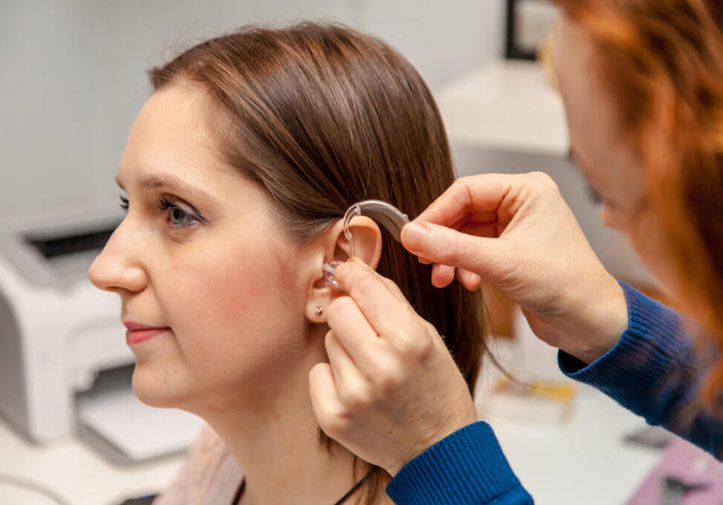 Getting used to new hearing aids
Getting used to new hearing aids
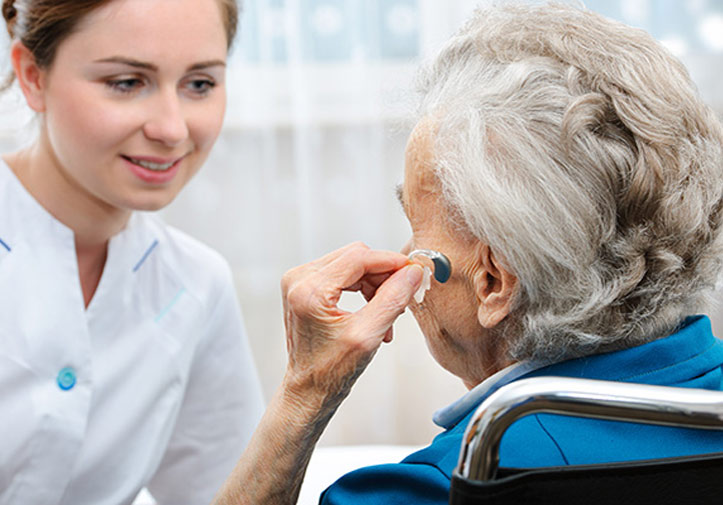 When should we replace your hearing aids?
When should we replace your hearing aids?
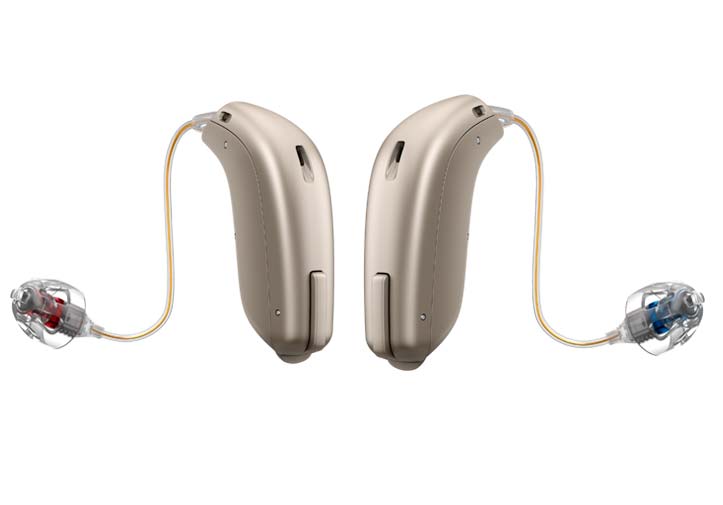 What Are Hearing Aids?
What Are Hearing Aids?
 Know More About Neurological Stroke Language Disorders!
Know More About Neurological Stroke Language Disorders!
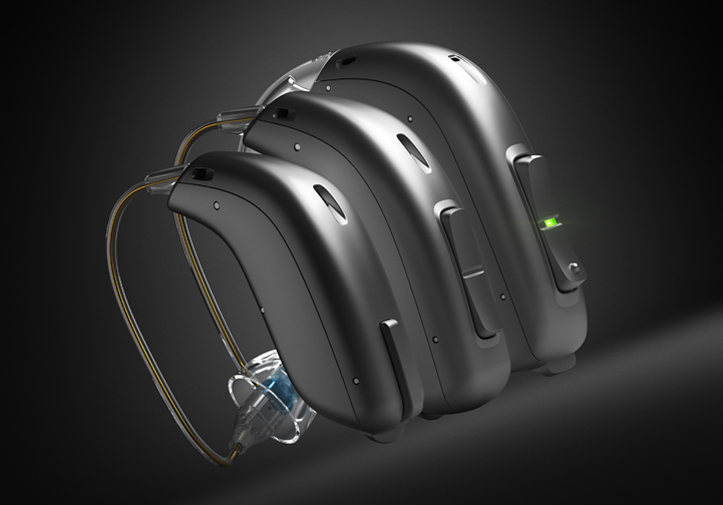 Advanvement of Technology In Digital Hearing Aids!
Advanvement of Technology In Digital Hearing Aids!
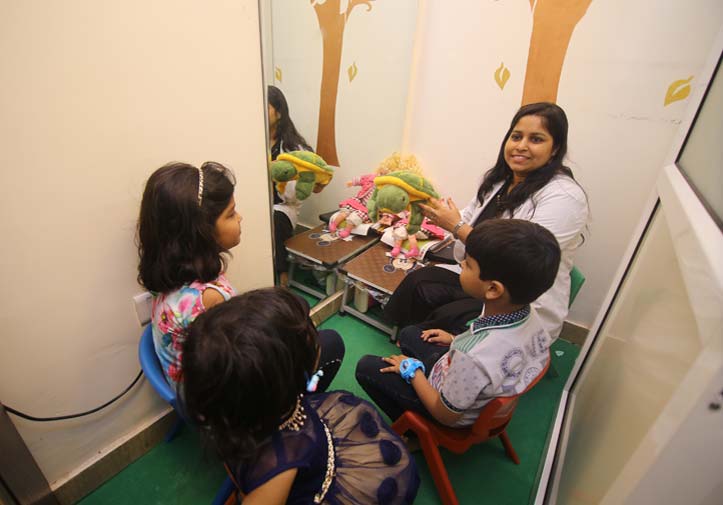 Autistic Children - How Can Speech Therapy Assist?
Autistic Children - How Can Speech Therapy Assist?
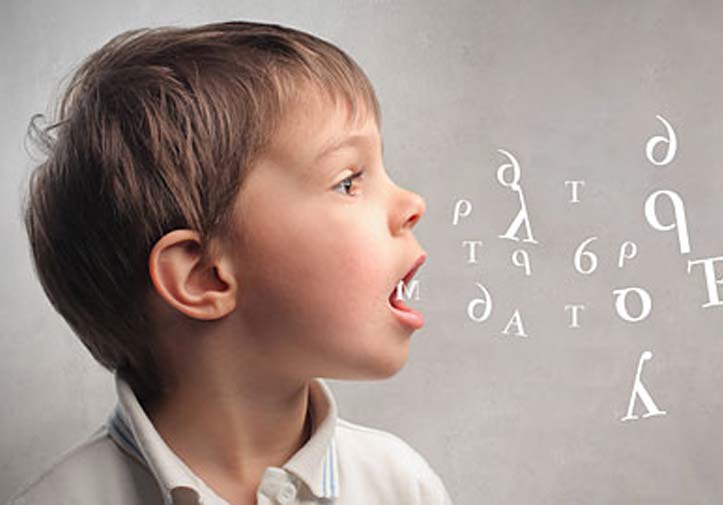 Stammering - Know About Its Cause And Treatment!
Stammering - Know About Its Cause And Treatment!
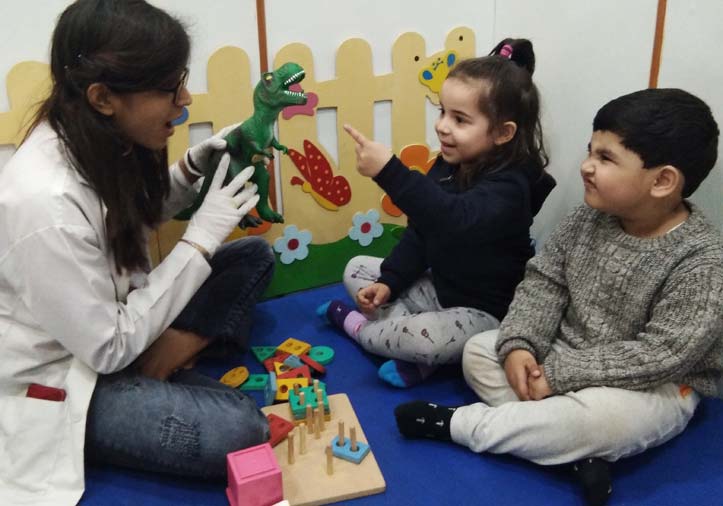 How Speech Therapy Can Help Your Child?
How Speech Therapy Can Help Your Child?